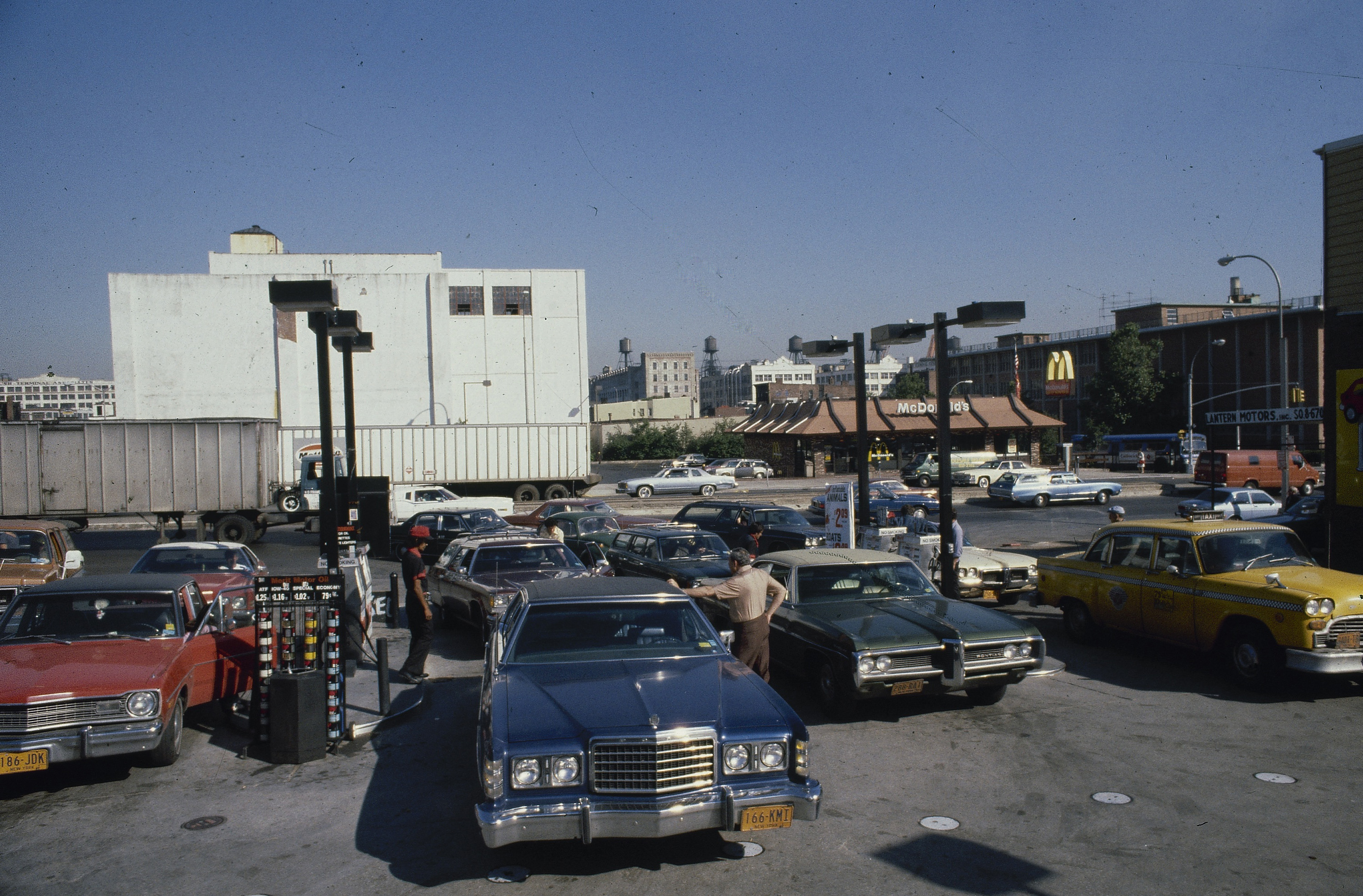Note: This is post #23 in a weekly video series on basic microeconomics.
If you’re over 40 you may remember back in the 1970s having to wait in long lines to buy gasoline. Some days you were only allowed to buy gas on alternate days (based on whether the last digit of your license plate number was an odd or even number). Why did this happen?
As economist Alex Tabarrok explains, when price ceilings were imposed on gasoline, people could not use prices to signal how much they were willing to pay for gas. Instead, the only way they could show how much (or how little) they wanted of gasoline, was to wait (or not wait) in line.
(If you find the pace of the videos too slow, I’d recommend watching them at 1.5 to 2 times the speed. You can adjust the speed at which the video plays by clicking on “Settings” (the gear symbol) and changing “Speed” from normal to 1.25, 1.5 or 2.)
Previous in series: Why is customer service better at Starbucks than at the DMV?

